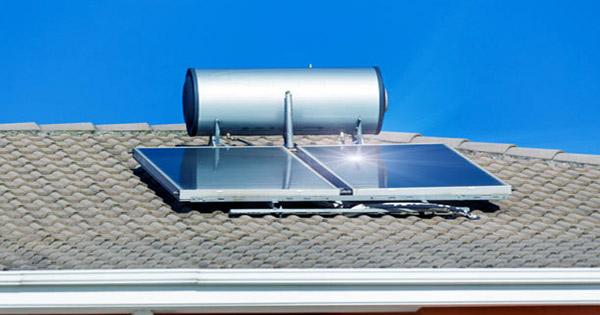A hygrometer is a device that measures the humidity in air. It is a device that measures the humidity of air or another gas, specifically the amount of water vapor present. Humidity is defined as the amount of water vapor present in the atmosphere. This measurement is relevant in a variety of disciplines, including meteorology, agriculture, manufacturing, and indoor climate control. Humidity measurement devices typically rely on measurements of other quantities such as temperature, pressure, mass, and mechanical or electrical changes in a substance when moisture is absorbed.
There are several types of hygrometers, each utilizing different principles to measure humidity:
- Psychrometric Hygrometer: This type uses the principle of evaporative cooling to determine humidity. It consists of a wet-bulb and a dry-bulb thermometer, and the difference in temperature readings helps calculate the humidity.
- Hair Hygrometer: Hair hygrometers are based on the fact that human or animal hair will absorb or release moisture and change its length accordingly. The change in length is then measured to determine the humidity.
- Electronic Hygrometer: These hygrometers use electronic sensors to measure humidity. The sensors can be based on various principles, such as capacitance or resistance changes in response to moisture.
- Gravimetric Hygrometer: This type measures humidity by recording the weight change of a substance as it absorbs or releases water vapor.
- Dew-Point Hygrometer: The dew-point hygrometer measures the temperature at which air becomes saturated with moisture, leading to the formation of dew. This temperature is then used to calculate the relative humidity.
These detected parameters, through calibration and calculation, can be converted into humidity measurements. To monitor humidity differences, modern electronic equipment employ the condensation temperature (also known as the dew point) or changes in electrical capacitance or resistance. Leonardo da Vinci constructed a primitive hygrometer in 1480.
During the 1600s, significant advances were made: Francesco Folli produced a more practical version of the device, and Robert Hooke improved a number of meteorological devices, including the hygrometer. Johann Heinrich Lambert, the Swiss polymath, designed a more modern version in 1755. Later, in 1783, Swiss physicist and geologist Horace Bénédict de Saussure constructed the first hygrometer, which measured humidity using human hair.
Application
Hygrometers are widely used in weather stations, greenhouses, museums, industrial processes, and households to monitor and control humidity levels. Maintaining optimum humidity in specific locations is critical to preventing mold growth, damage to sensitive items, and occupant discomfort.
















